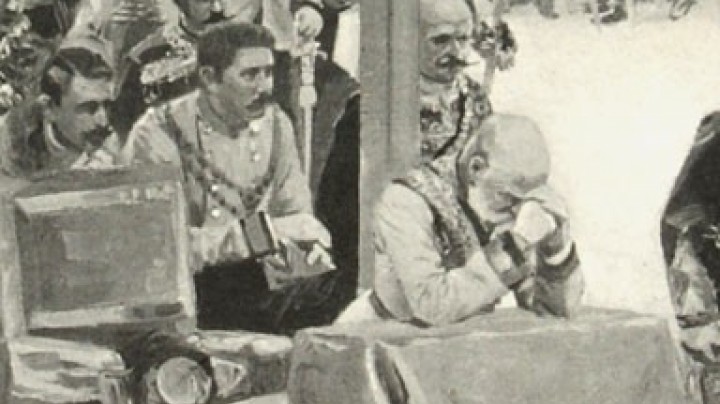Turning lead into silver – Experiments in alchemy at the Imperial Court
Necessity is the mother of invention. Driven by a lack of money, the Habsburgs tried their hardest to defy (today’s) laws of chemistry.
A golden medallion from the reign of Leopold I has been preserved which is supposed to have been transmuted from silver into gold using a tincture – in the presence of the Emperor. Another commemorative medallion has an inscription indicating that it was transmuted from lead into silver. They were apparently the result of experiments in alchemy carried out by Johann Joachim Becher, imperial counsellor and one of the three major economists of the seventeenth century – all of whom were, significantly, also alchemists. Becher was even made a kind of advisor in alchemical matters to the imperial Court under Leopold I. Among other things, he tried to transmute sand into gold.
Dire financial straits were the reason why, since Maximilian II, the Habsburg rulers had been interested in alchemy. The aim of alchemy was to transmute one chemical element into another and hence to provide additional financial means in the form of ‘synthetic’ gold. Like other European courts, the Habsburgs invested a great deal of money in such experiments. However, the experiments in alchemy were not only intended to open up new sources of money but were also part of a culture of theatrical representation and display which symbolized Habsburg power. While it is well-known that the alchemists did not succeed in actually producing gold, they did, however, make some useful discoveries in the course of their experiments, developing, for example, new metallurgical processes which the Habsburgs used in their mining operations and which thus brought them some financial advantages after all.


















